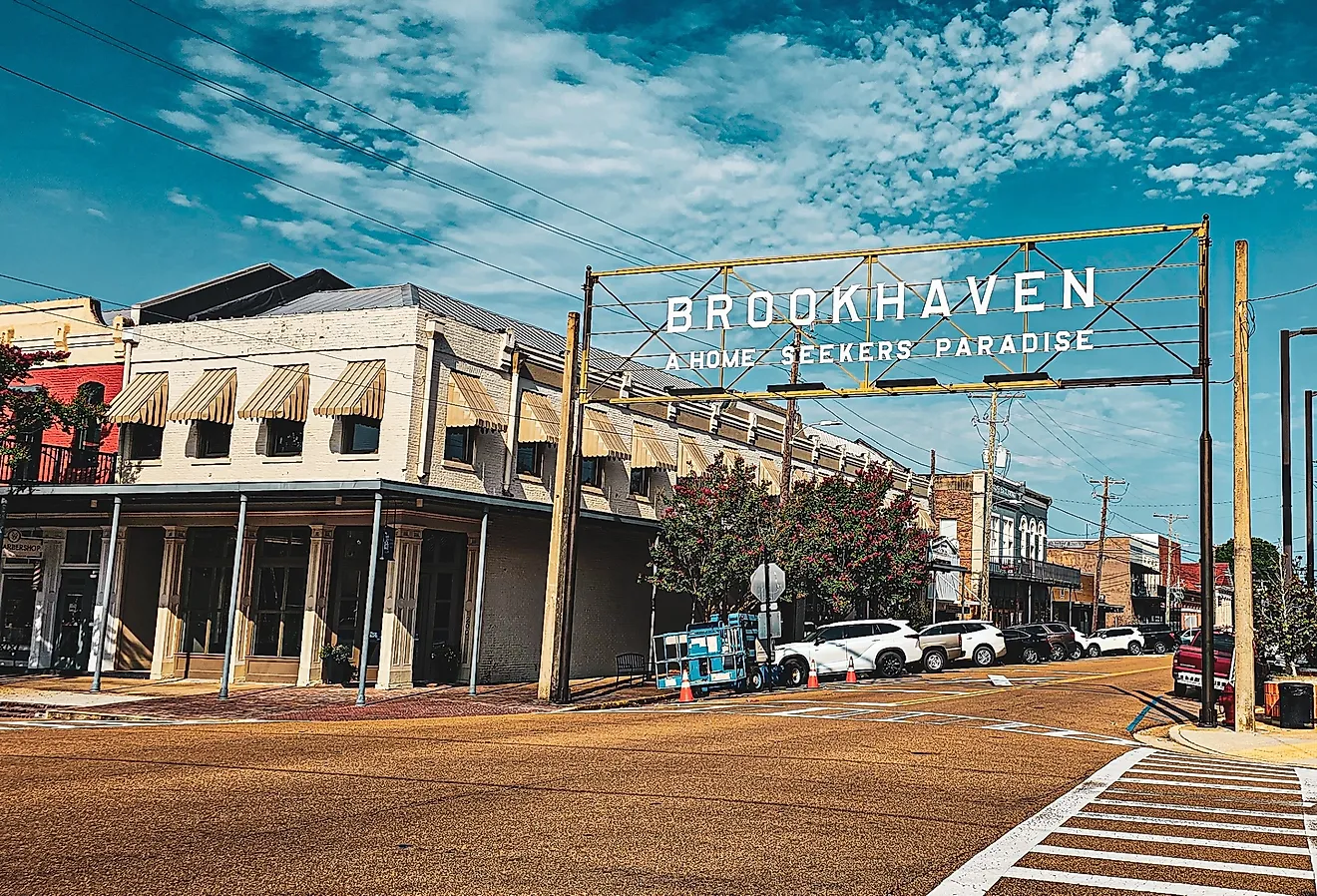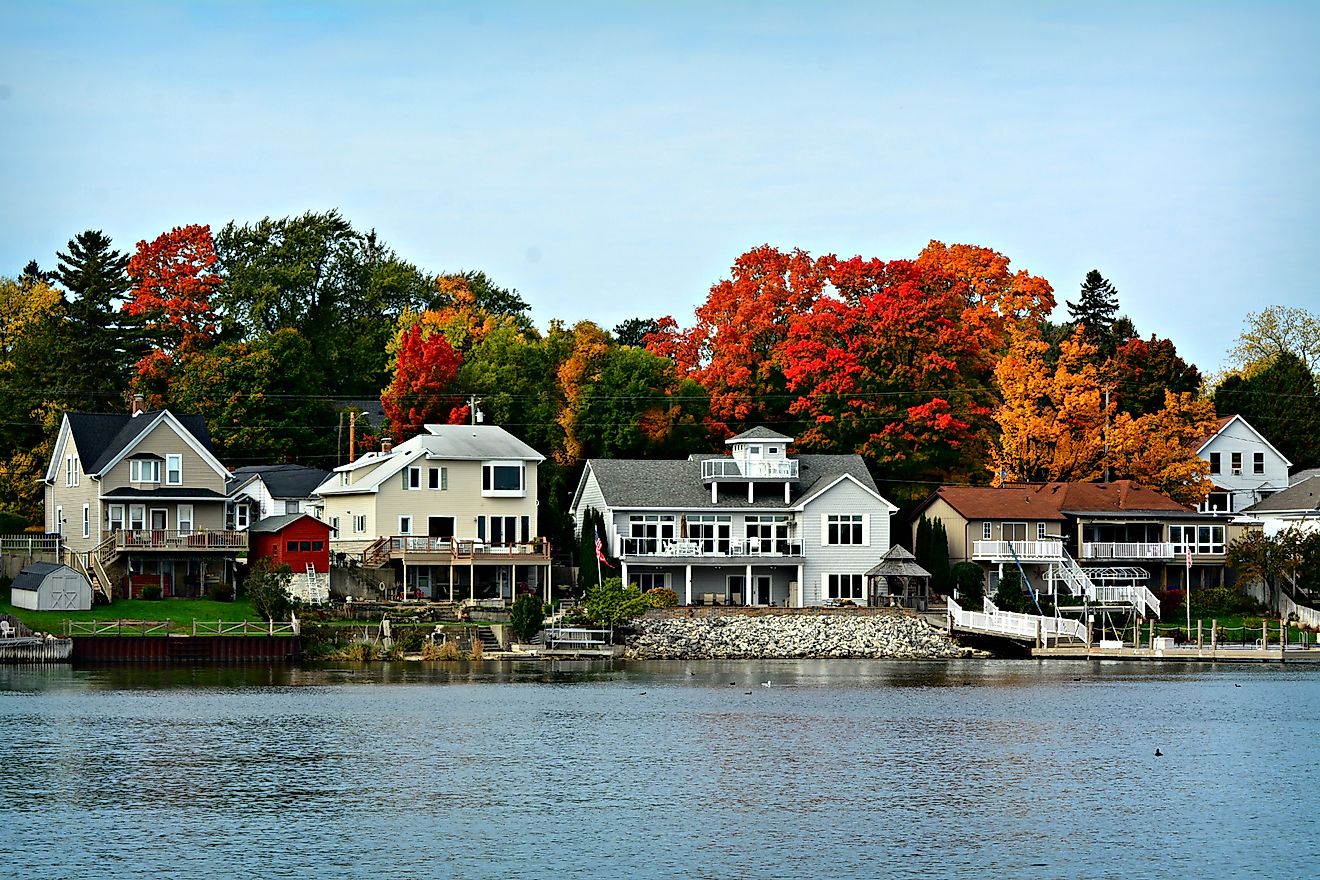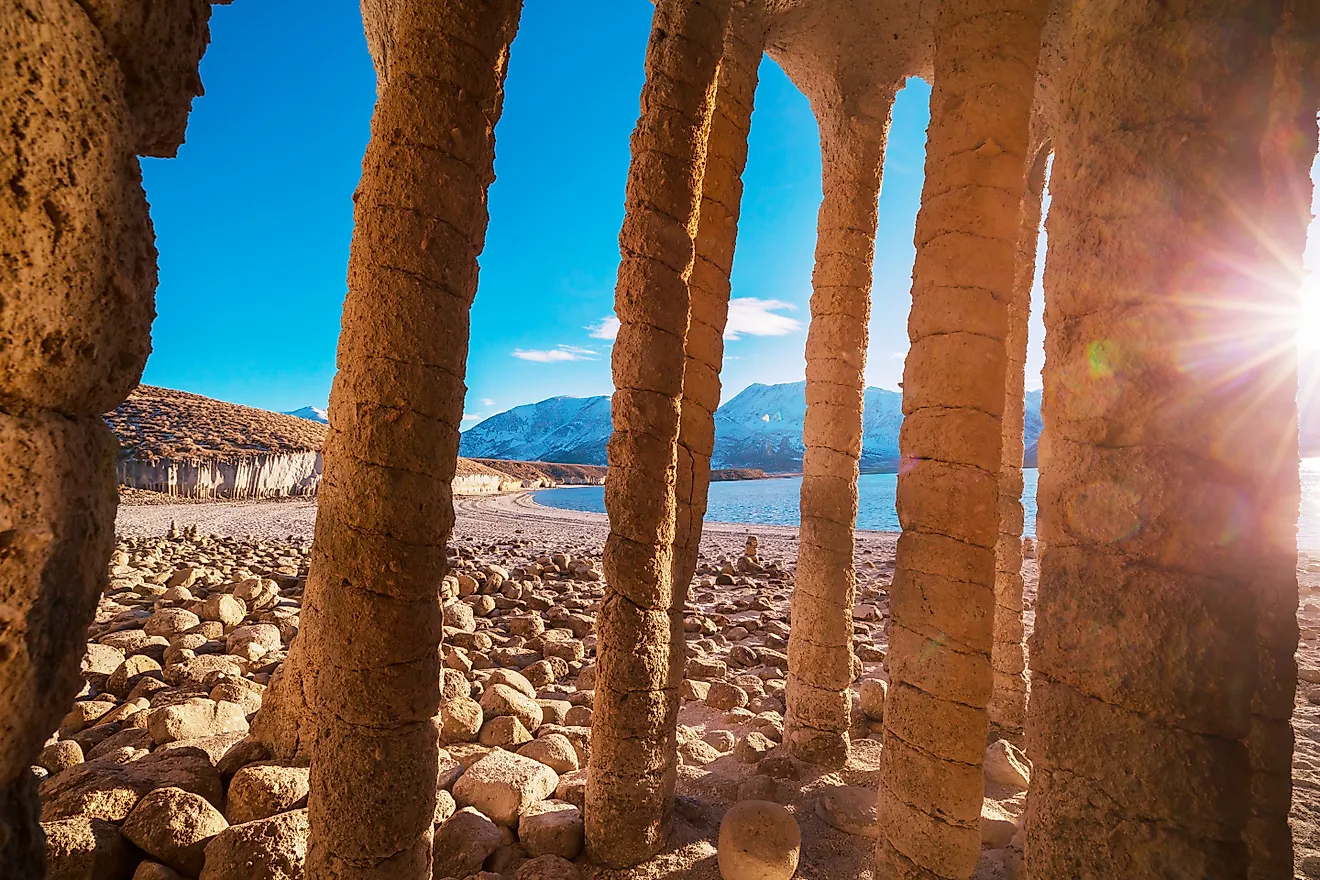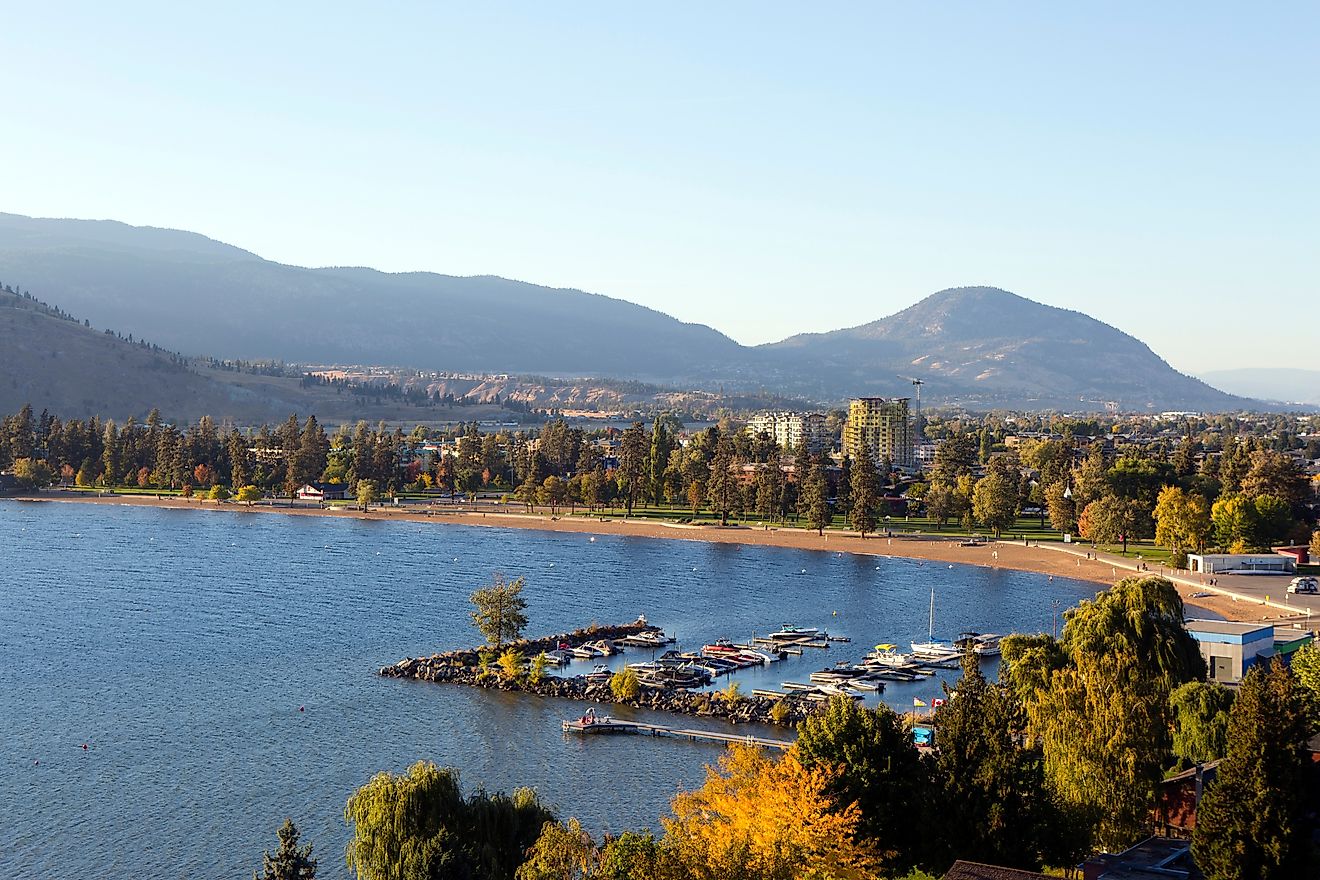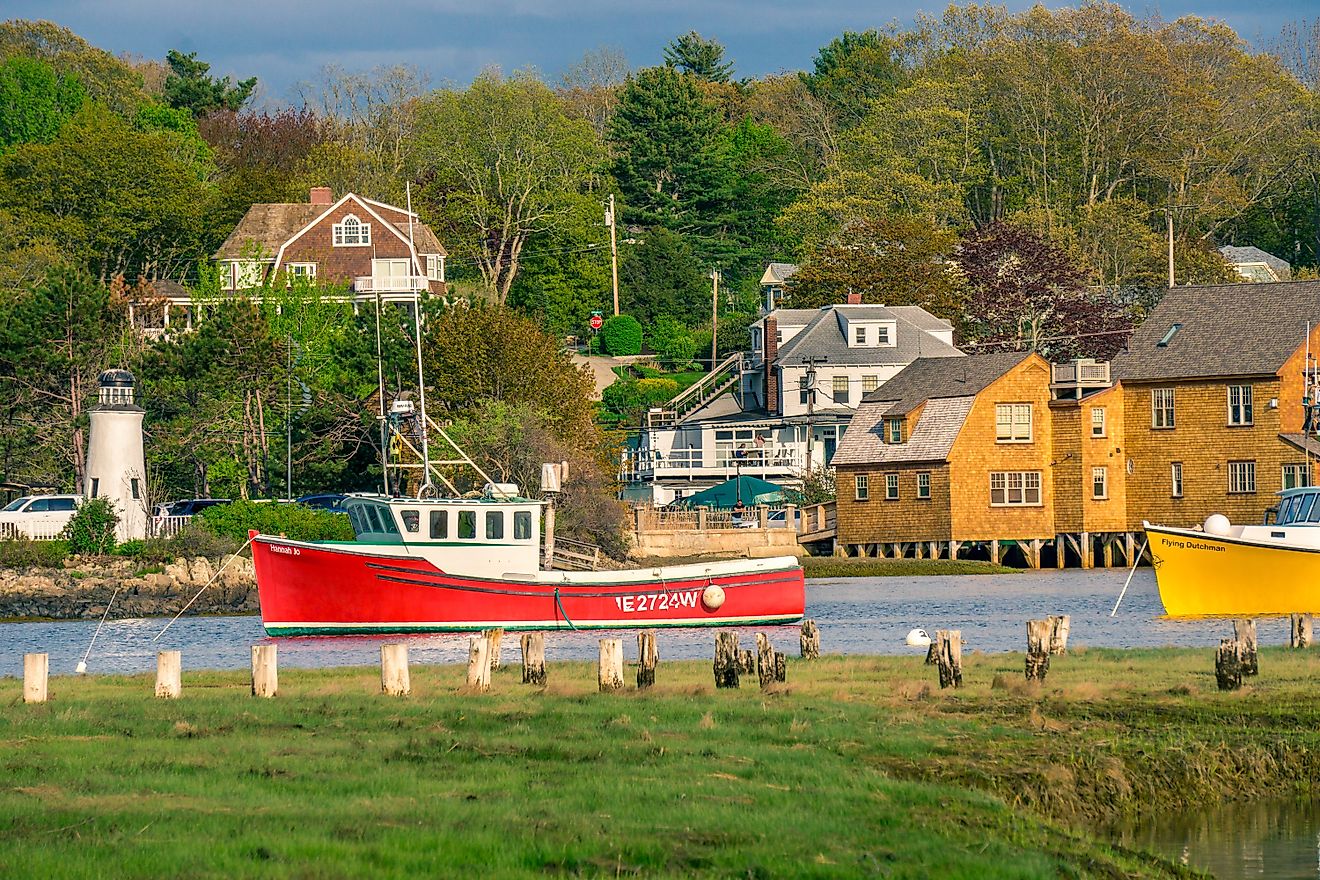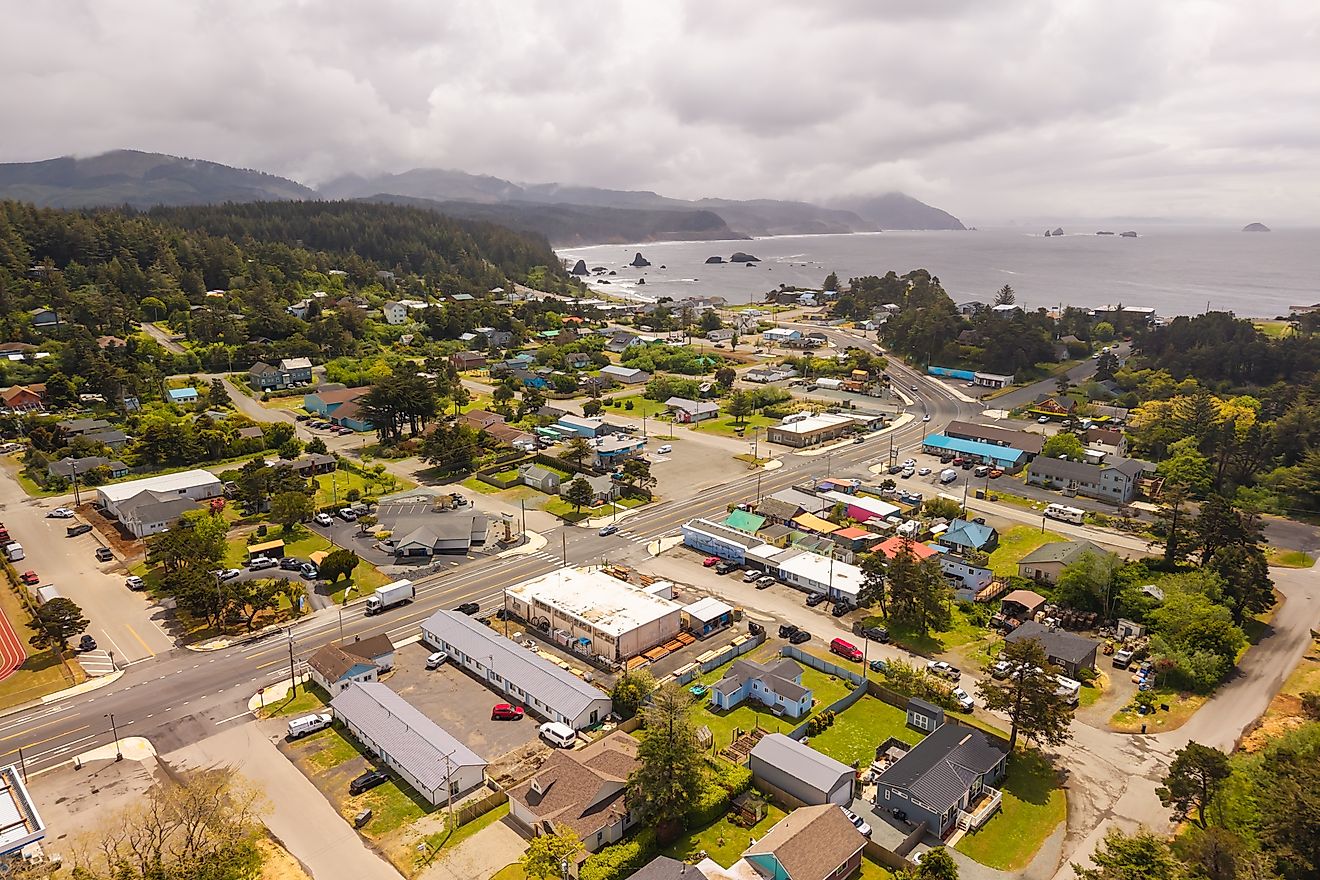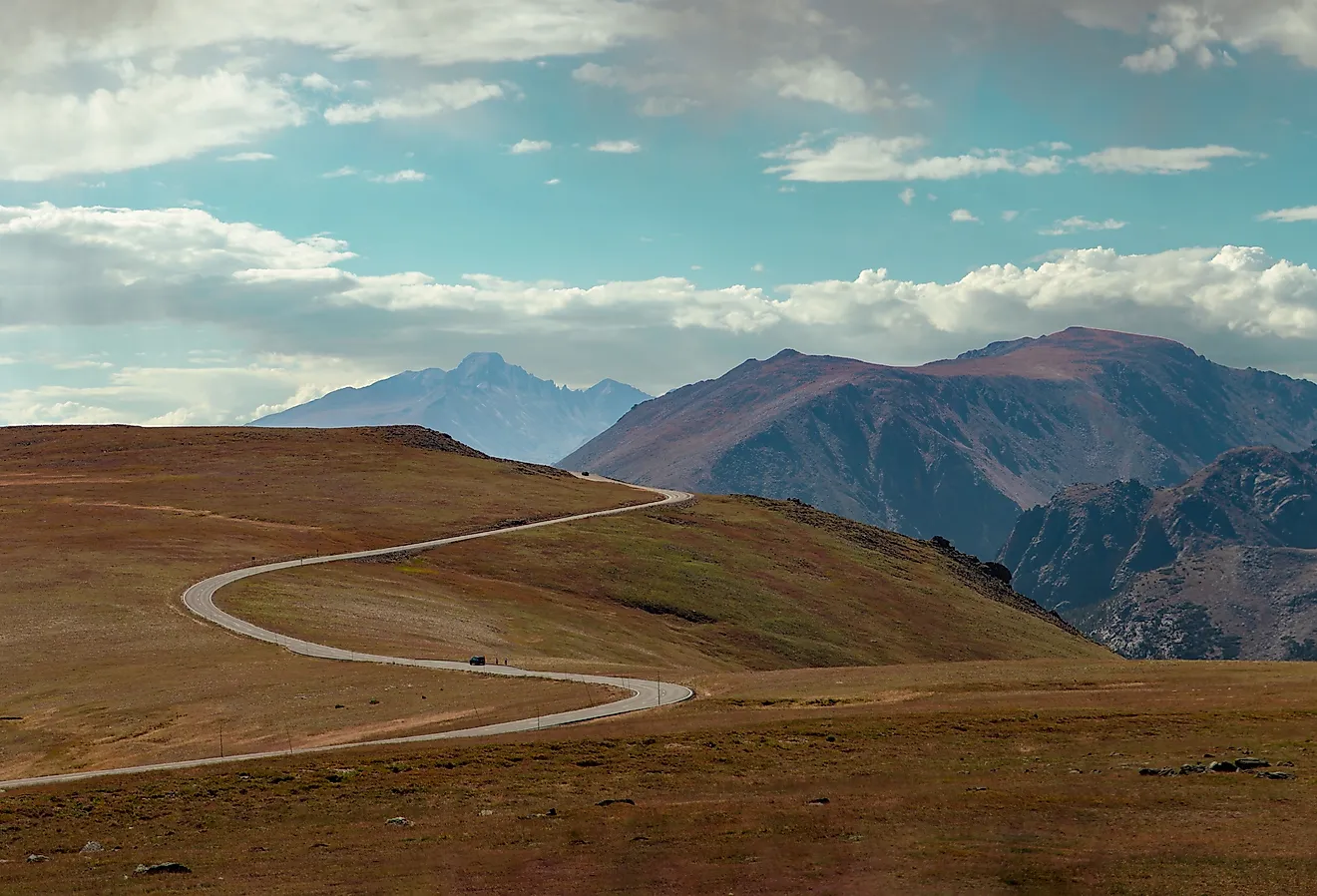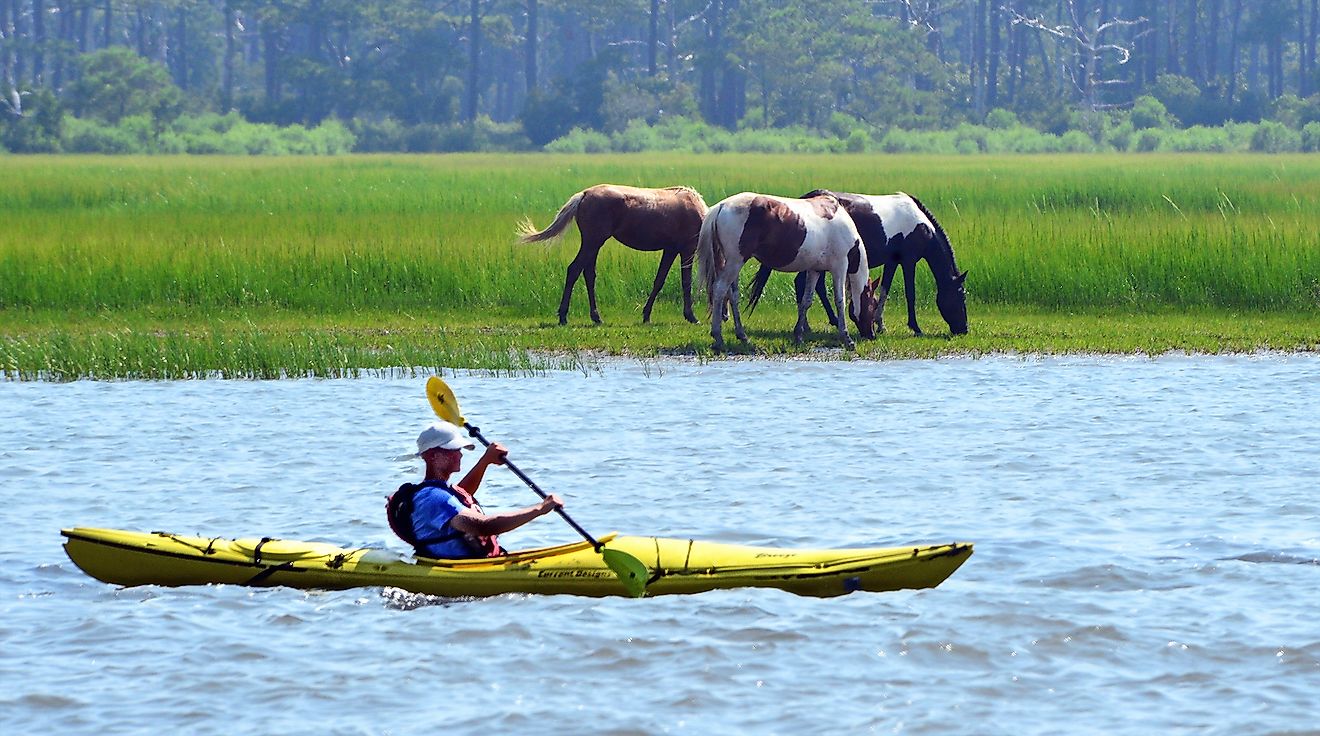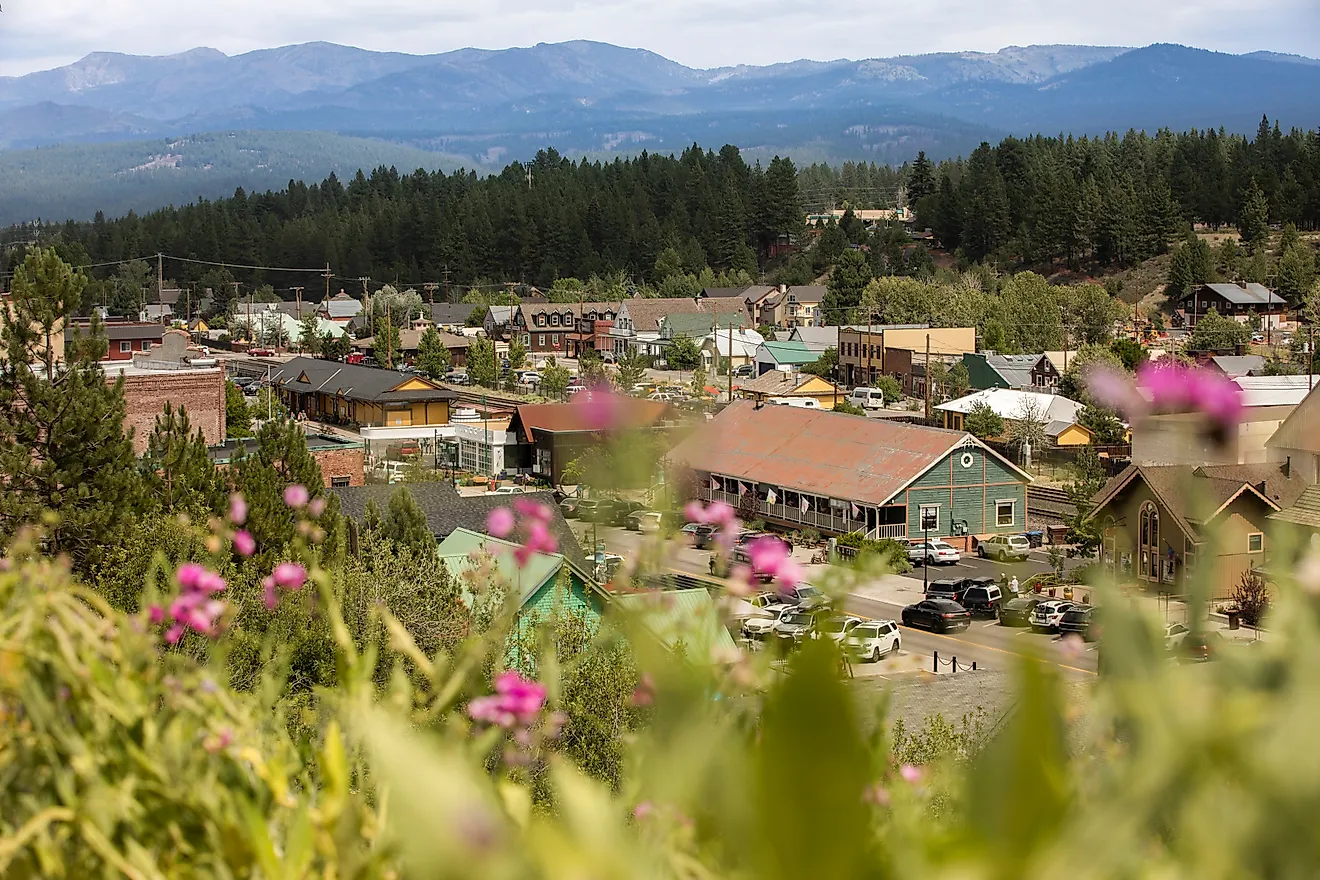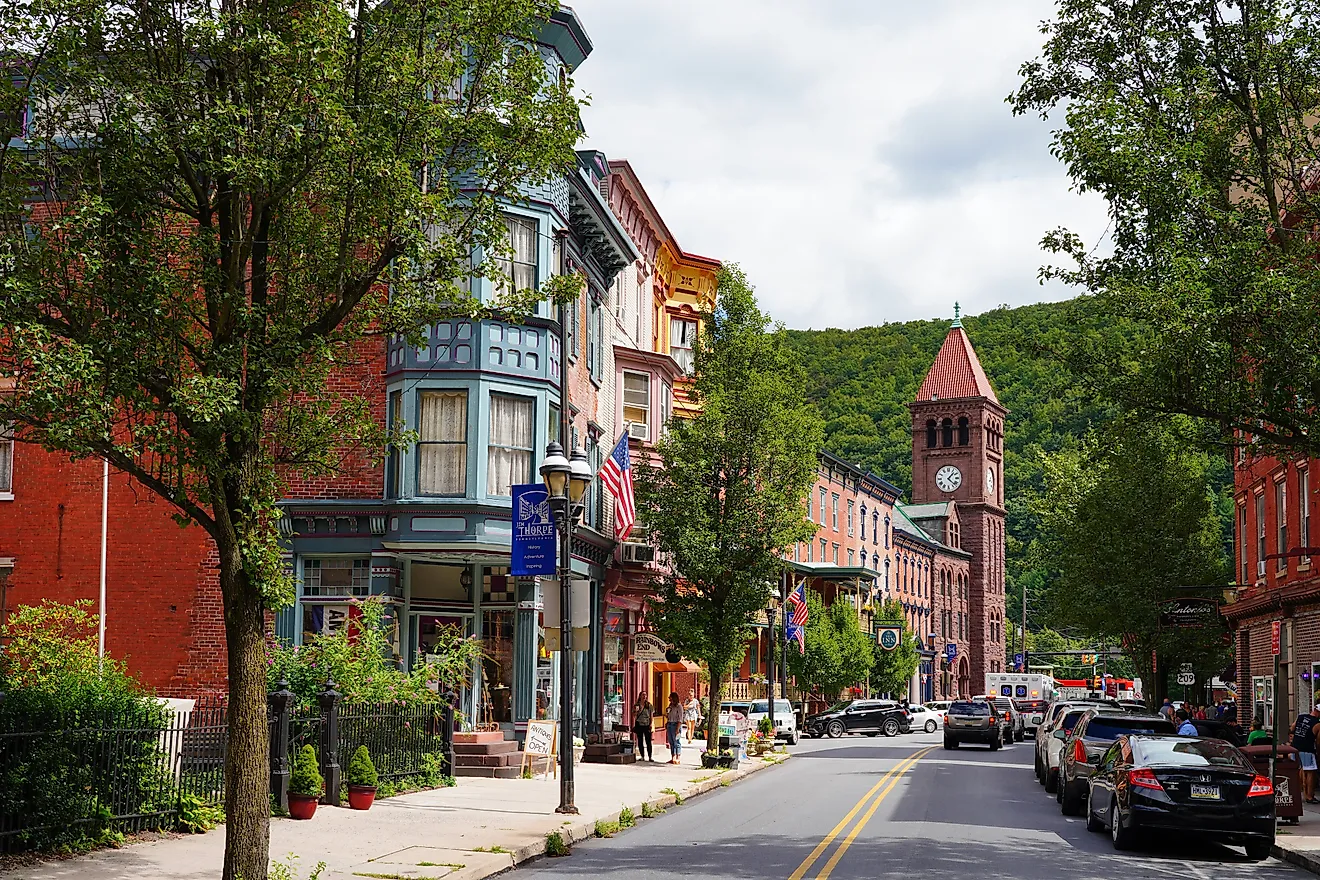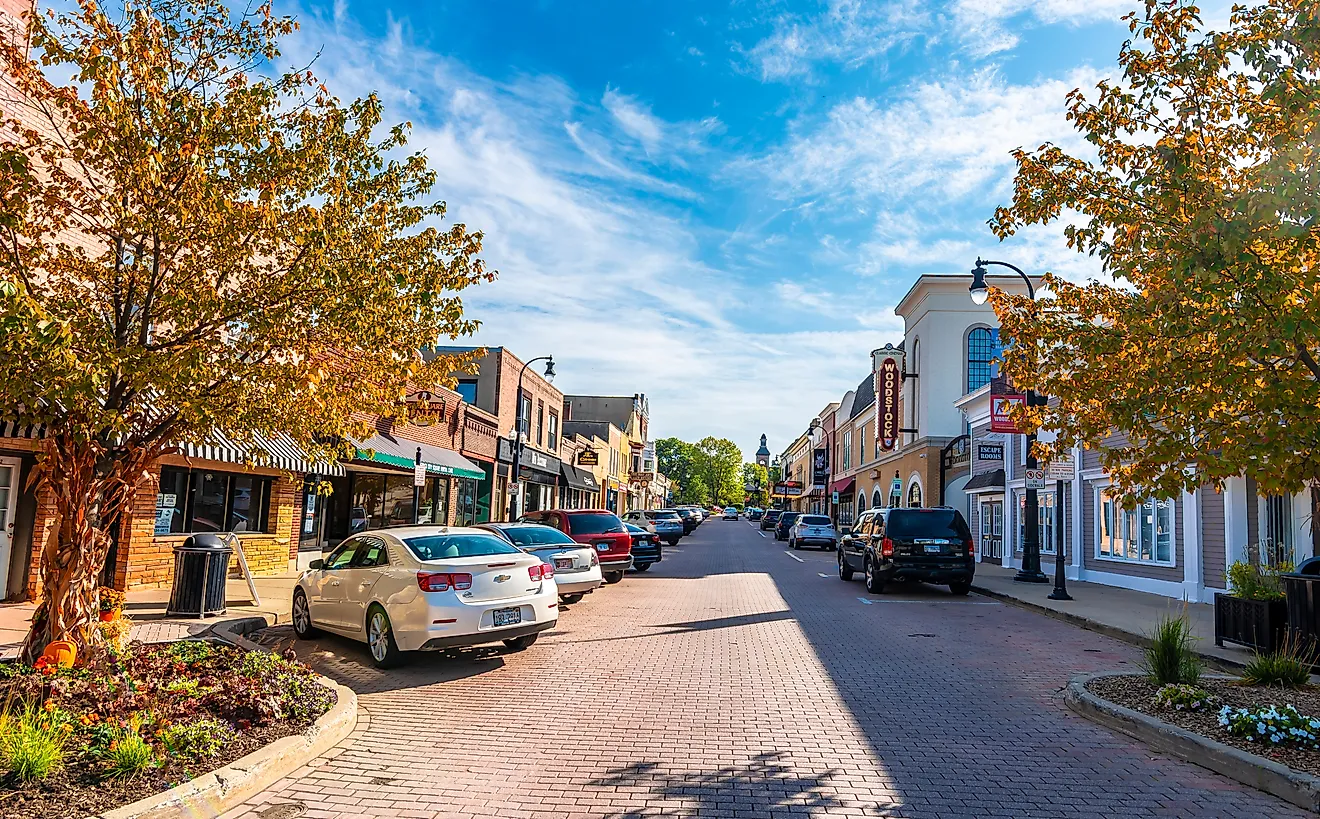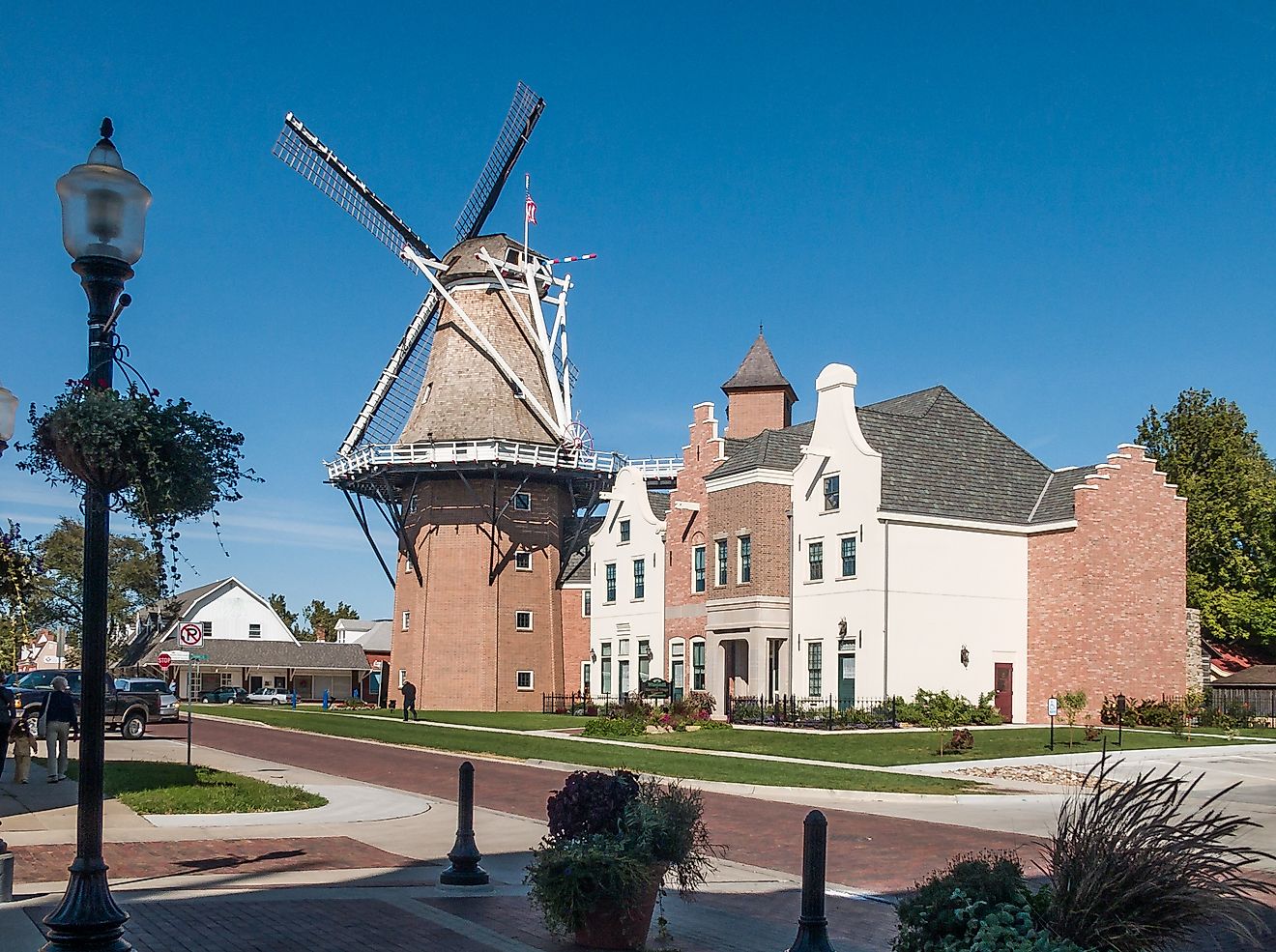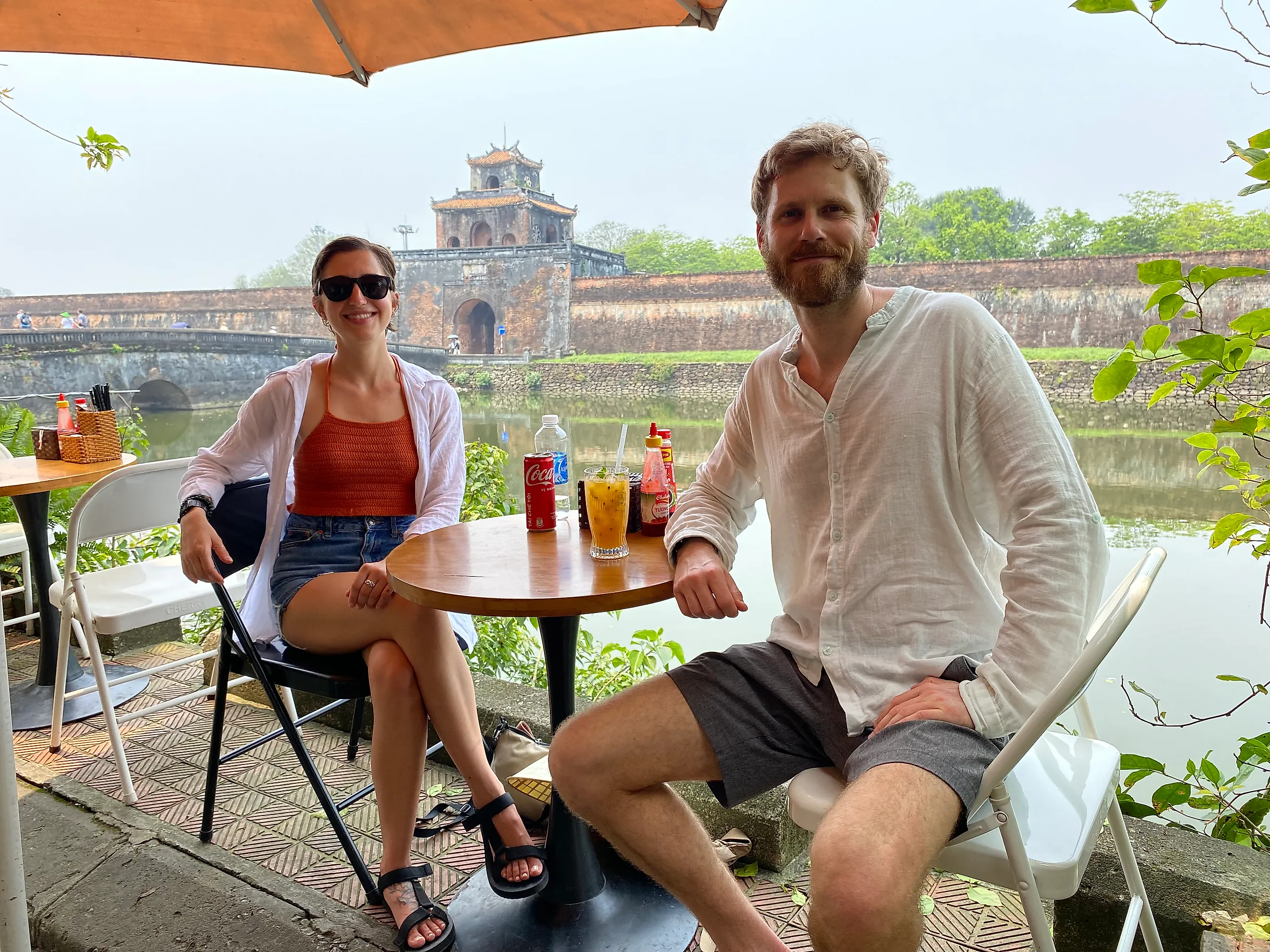
Inside the Life of a Full-Time Traveler
Are you tired of the same old week-long vacation to an uninspired resort? Perhaps you're craving a bout of culture shock, but worry you can't afford it? Curious about this digital nomad thing, but don't know where to begin? Well, rejoice all you budding adventurers because the era of long-term travel is upon us.
I myself just celebrated four years without a fixed address, and have been globetrotting to some degree or another from the moment I graduated from university. I'm grateful for the green lights I've received, but I can certainly relate to those of you who are mindful of finances (heck, I even funded a Eurotrip with daily busking). Now, as a laptop-wielding travel writer, I've unlocked even more secrets of the road. Allow me to catch you up on the pertinent details of my own backstory, and then we'll dive into pressing questions for prospective travelers.
A Bit About Your Expert Traveler
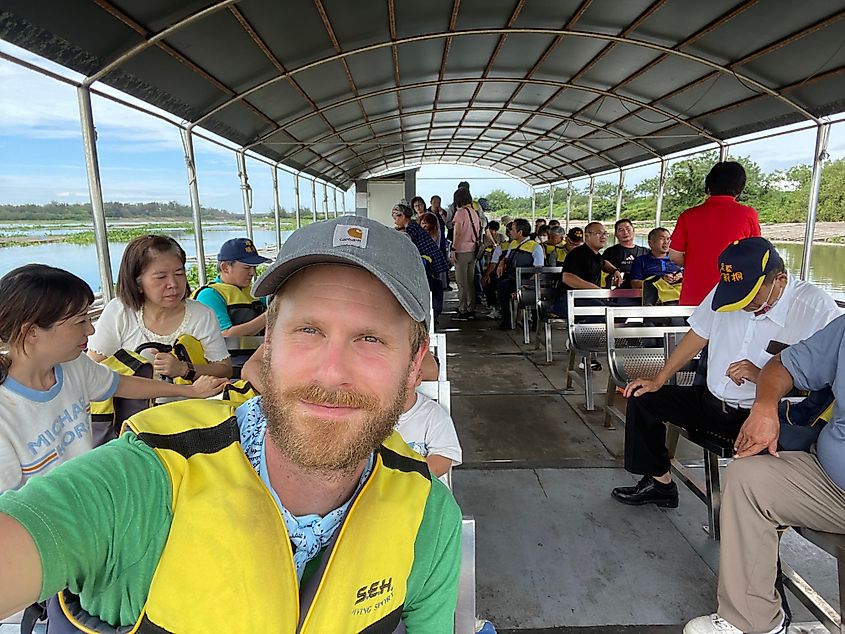
What I consider to be my "autonomous adult" traveling phase kicked off with a solo backpacking trip to Nicaragua in late December 2013. The culture shock, sense of adventure, reprieve from those ghastly Canadian winters, and unforgettable cast of characters I met along the way lit a fire that is still burning strong twelve years on. The following Christmas holiday, I was back down in Central America (this time, island hopping around Panama). The year after that, I tried Colombia on for size - basically, anywhere exotic that I could fly to without wasting excessive non-stat holidays. Excited, but unsatiated, I needed to figure out how to extend my stays in these amazing places.
The next breakthrough occurred when the company I was working for granted me two separate three-month leaves, spread one year apart (it never hurts to ask!). For the first chunk, I chose Thailand, Australia, and New Zealand (all connected by a string of one-way flights), and then the next round took me on the aforementioned jaunt across Europe. The idea was for me to scratch off those bucket-list items and then move into a more senior role. Unfortunately for my generous employers, the project backfired, as I was now certain that I had to keep turning over international stones.
The Digital Nomad Phase
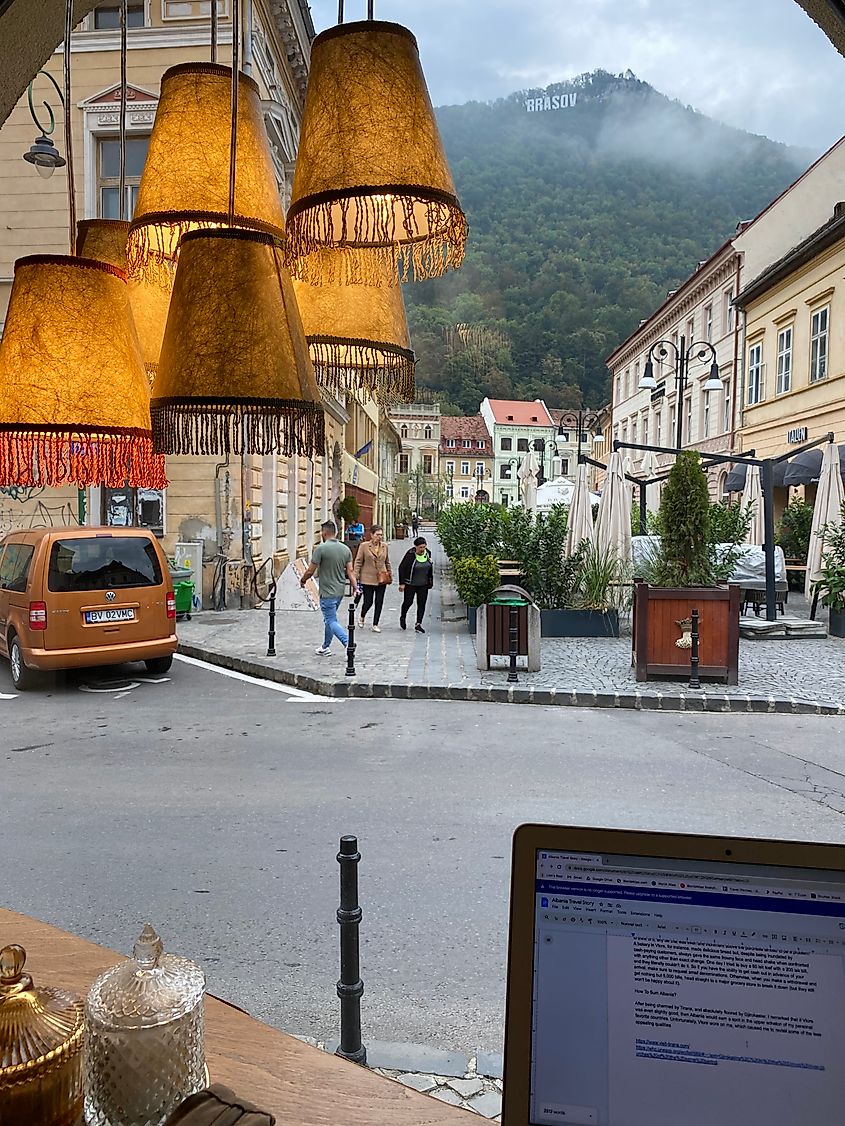
The rise of high-speed wifi and social media sponsorships birthed the digital nomad. Now, with prolific AI on the horizon, the fate of such content creators appears hazy. But whether this 10 to 15-year period ends up being a generational blip or a lasting trend, I, for one, am grateful to have capitalized. Working remotely (and as a travel writer, no less), I have been able to take my love for travel beyond the limiting scope of a one or two-week stint, and into the perspective-expanding realm of, well… never-ending!
Over 50 countries now offer special visas for digital nomads. But even as a regular tourist, most upon-arrival visas are good for 30 to 90 days (others, such as Mexico, upwards of 6 months). So now, rather than stay in a centralized hotel/hostel and sprint through the historical landmarks, I'm able to rent actual apartments in authentic neighborhoods, scope the popular sites at a slower pace, and settle into the daily rhythms of the community. Oh yes, and log a hunch-solidifying, carpal-tunnel-inducing amount of hours on my laptop (everything has its trade-offs). On that note, let's get into our first question.
What is the hardest part of living on the road full-time?
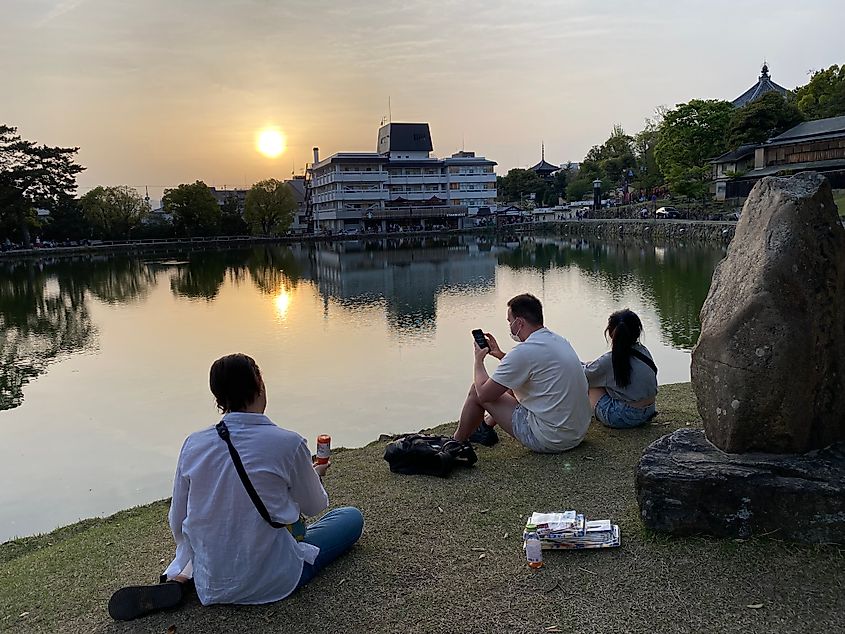
Routine and logistics.
Part of the joy of traveling is swimming in a sea of perpetual novelty. With that said, if you're going to bridge the gap between vacation mode and a sustained lifestyle, then a bit of routine becomes necessary. Rather than seize every single day, I like to construct well-rounded weeks. This means getting up at the same time every day, going for coffee somewhere in the neighborhood, working, working out, and then a combination of errands (e.g., grocery shopping), personal hobbies (very important), and exploring the area. Often, these things can be combined, such as working at a café or jogging in a scenic park.
The thing is, external factors will constantly test your ideal routine. The day of arrival and the day of departure (which is often the day of arrival for the next place) are generally a wash. During those transitions, your sleep, diet, exercise regimen, and work productivity will suffer. This might leave you feeling low energy and stressed. And you might even get sick soon thereafter (which is an ever-present possibility when smooshed into a confined space and eating/drinking from foreign sources). Even if everything goes according to plan, that plan still has to be made (i.e., researched and booked online, which always takes longer than you'd expect), and executed (i.e., taxis, navigating poorly planned bus/train stations, airport security, bus trips that take twice as long as advertised, etc). All part of the adventure!
How do you stay connected with family and friends while traveling long-term?
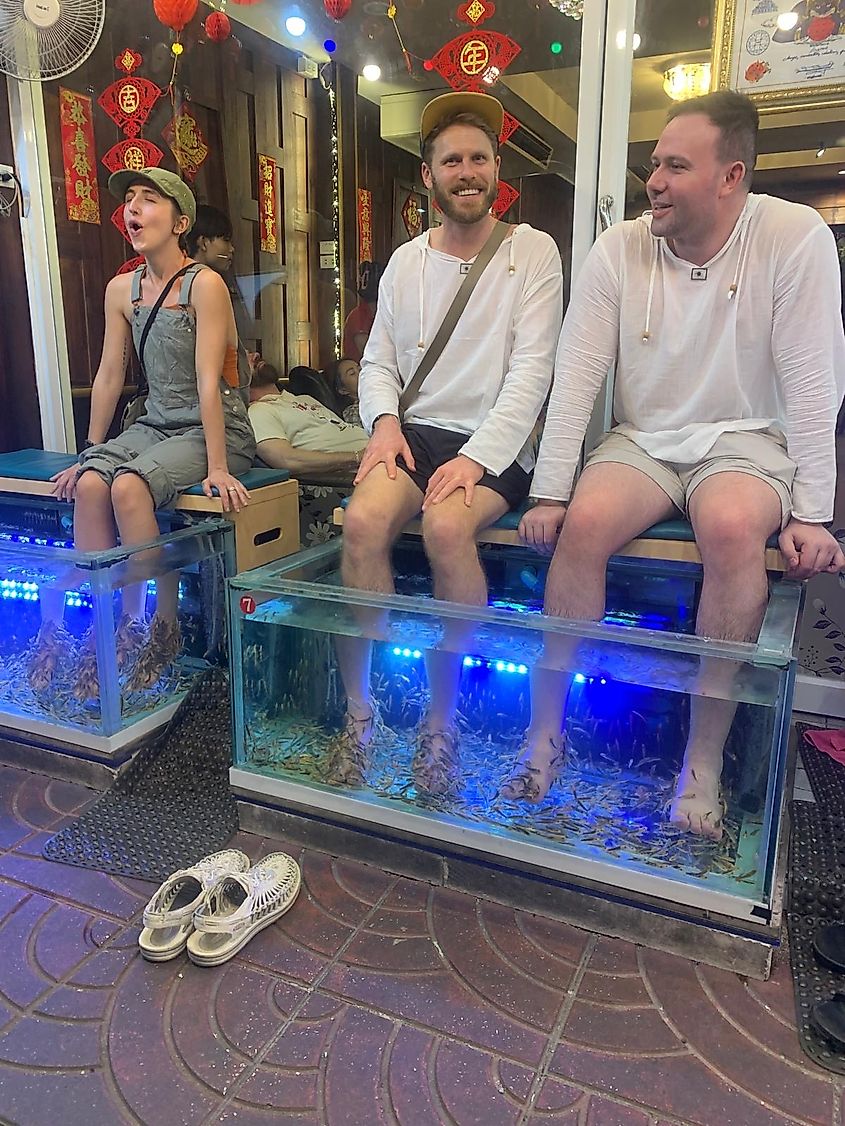
Honestly, not very well. The greater the geographical separation, the greater the emotional separation tends to become. Busy schedules, differing lifestyles, and varying time zones erect real barriers. With that said, it is still possible to stay in touch with the ones you care about back home, and I trust that many readers will do a better job of that than I have. To do so, I recommend downloading multiple messenger apps (e.g, WhatsApp, FB Messenger, Signal, etc.) because everyone uses different stuff these days. All of those platforms also include audio and video call functions, in case you don't want to pay an arm and a leg for an international phone plan.
I also suggest getting an e-SIM, because that way you don't have to worry about overpaying at the airport, waiting until you find a mobile shop somewhere in town, or searching aimlessly for an open wifi network. Lately, I've been using an app called Saily. I'm not sponsored, I just tried a YouTuber’s coupon code once and have been satisfied ever since. All you do is select the country you're going to and choose the duration/size of the data plan (which can then be topped up at any time). Once you're on the grid, figure out the time difference and schedule call times accordingly. This might mean a morning coffee call or a late-night FaceTime.
Before moving on, I also want to point out that travel itself can be a great way to connect. I'm sure your friends/family are full of Instagram envy and would love to link up for an adventure. You're also going to make friends all over the world - some one-and-done hangs that become social media follows, and some that you'll revisit in person each time you touch down in their native city.
Do you think long-term travel is cheaper or more expensive than staying in one location?
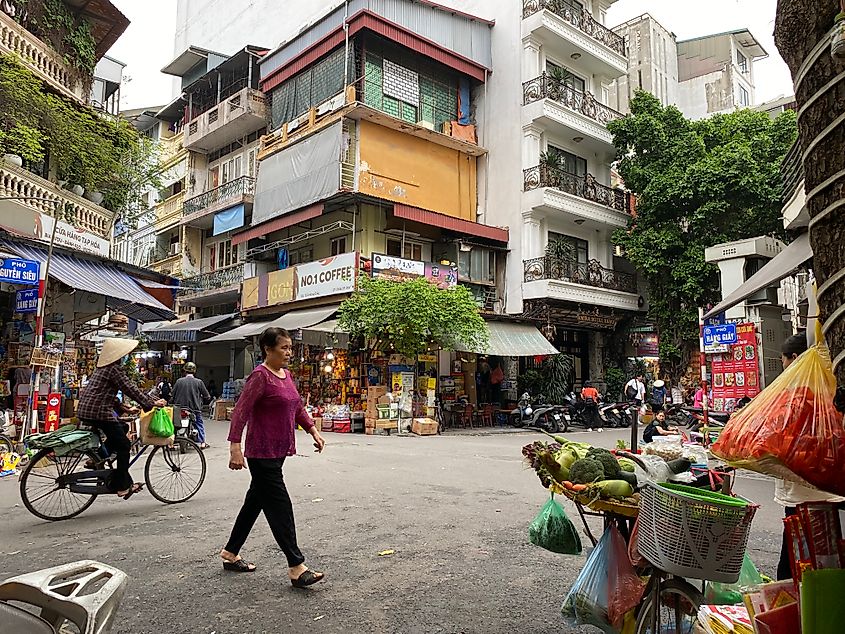
It depends on where you live, where and how you travel. If you're coming from Canada, the United States, Australia, New Zealand, or Western Europe, then places like Latin America, Eastern Europe, and much of Asia will be refreshingly affordable. To be frank, I'm only able to sustain myself as a digital nomad by traveling. Even with international flights, my monthly rent and food expenditures are so much lower compared to Canada that long-term travel is cheaper than living a normal domestic life. Of course, if you're constantly changing countries, scouring Scandinavia, taking on too many tours, or holing up in 5-star hotels, then the script is going to flip. But it is totally possible to travel in a financially sustainable fashion!
How do you decide where to go next?
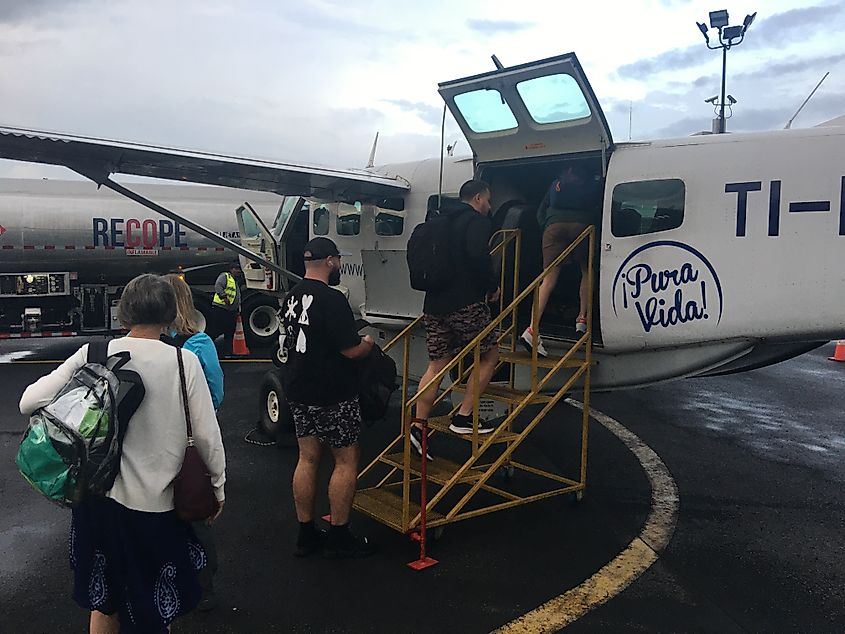
I've developed a three-point strategy:
- Heed the suggestions of fellow travelers and locals. Even in the internet age, I'm amazed at how fruitful real-life conversations can be. So don't overplan. Let the place you're in inspire the next destination.
- Use the map function on Airbnb. As a budget-conscious traveler, I'll often start with a price-filtered search of a general region, select a bunch of appealing listings, and then start scratching off the ones that are too complicated to get to, don't have reliable internet (read the reviews), or point #3…
- Look for areas that align with your needs. Nowadays, I lean on Google Maps to get a sense of the neighborhood in advance. As someone who prefers to arrive by public transit and then just walk everywhere, I look for accommodations that are close to parks or nature trails, a modern coffee shop, and a grocery store. There are always surprises upon arrival (good and bad), but these basic criteria usually ensure a happy and productive month.
What are the biggest challenges with visas and paperwork?
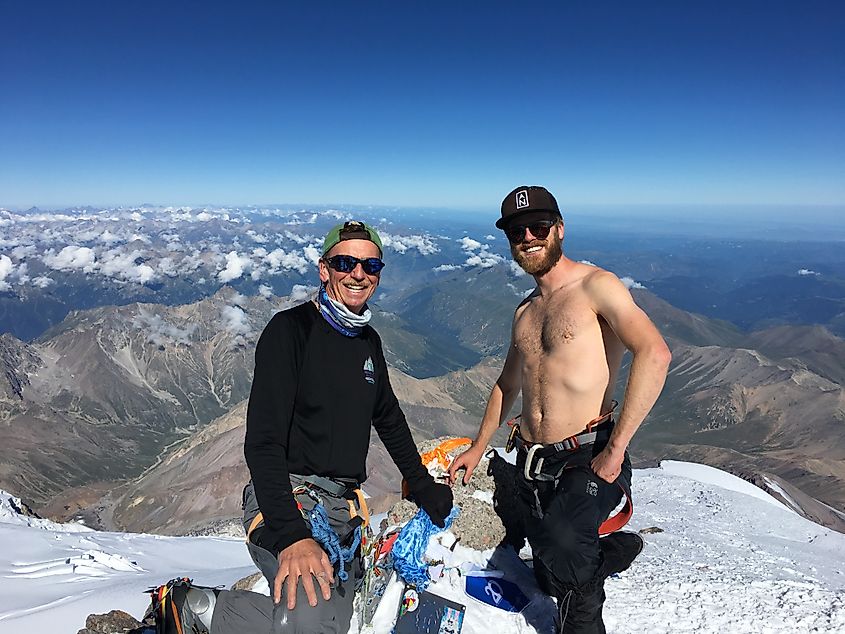
As a Canadian with a valid passport, I've experienced very little friction when it comes to the basic tourist visa. Most of the 43 countries I've been to have granted it upon arrival, and only a couple required an e-Visa submission done a few days in advance (e.g., Vietnam). The one major exception was an expedition to Russia. In 2018, I went to climb Mount Elbrus with my dad, and we had to do a decent amount of paperwork at a designated Canadian embassy in order to gain access to the country and Europe's highest mountain.
The challenge that consistently emerges in my nomadic world is managing that 30, 90, or 180-day tourist visa window. Sometimes, you can take a bus to a neighboring country and start a fresh cycle. But now with the Schengen Area, all 29 participating European countries (and counting) share the same 90-day tourist visa, and it only resets every 180-day period (from the day you arrive). This means that when I go to visit my girlfriend's family in Romania, and then we all drive to Greece for a little seaside holiday, a good chunk of my entire European allowance gets eaten up. Irina's a citizen, so she can stay as long as she wants. But I don't yet qualify for their digital nomad visa, and so have to go off on little side quests for months at a time (Philippines, here I come!)
Digital nomad visas are indeed on the rise (many free of income tax), so it's certainly worth looking at respective government websites for the latest criteria and allowances. Other than my desire to linger in Romania long-term, I've thus far been satisfied with ping-ponging around on a multi-month basis. But if you like the idea of hunkering down in one of the 50+ countries that currently offer special permits for remote workers, then this could be a unique opportunity.
How do you handle healthcare when you're always moving?
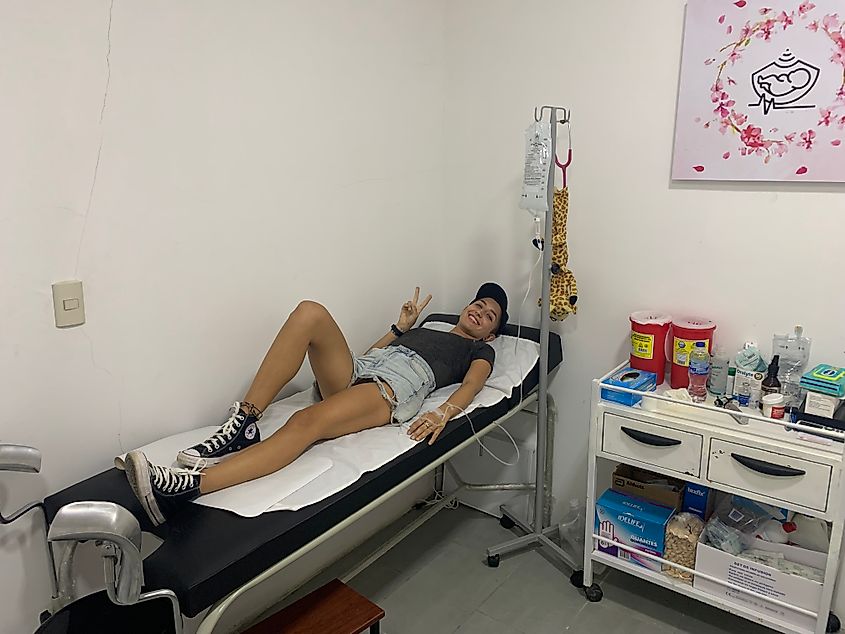
Ok, so I'm going to give you two answers here: the one I'm supposed to say, and the one I actually live by. The responsible thing to do is to purchase medical coverage in advance of your trip. In the past, I've used an online provider, and I've also solicited a broker from my hometown. Of the two, I highly recommend the latter. Being able to communicate via e-mail with a real person that you've actually met, chatted with, and shaken hands with is so much easier.
With that said, the majority of the time (including right now), I don't bother with medical coverage. This is a personal cost-benefit analysis I make based on my age (36), fitness level, lifestyle, income, travel experience, and destination (the United States being the major exception). Yes, anything can happen at any time, and you'll find no shortage of horror stories on the internet. But in all my years of travel, the list of maladies looks something like this: minor dental work, a couple of dog bites, heat stroke, cuts and scrapes, stomach bugs, and the standard slew of COVID/flu/other viral infections. All of these have been treated with low-cost interventions or bed rest. Granted, Irina did get seriously ill on the coast of Ecuador, but after a litany of doctor/hospital visits, diagnostics, and medications, she wound up paying about $500 USD (out of pocket). So while this serves as a reminder that anything can happen when traveling (or any time, for that matter), it isn't an example of long-term medical insurance being financially beneficial.
Healthcare is so affordable/available in certain parts of the world that medical tourism has become a legitimate phenomenon. More than ever, I've been turning to the out-of-pocket program. For instance, because dental work is expensive in Canada, my last several cleanings have been abroad. And because the wait times are so long back home, I've started getting proactive check-ups and even ultrasounds in Romania, utilizing the private branch of their dual healthcare system ($120 USD for a next-day scan of all my organs, with instant results).
What do you miss the most about "normal" life?
I miss gym memberships. I miss consistent community events (I was big on the open mic scene back in Calgary, Alberta). At times, I miss certain types of foods. And some days, I miss being able to speak English in any situation.
How do you stay productive while working remotely?
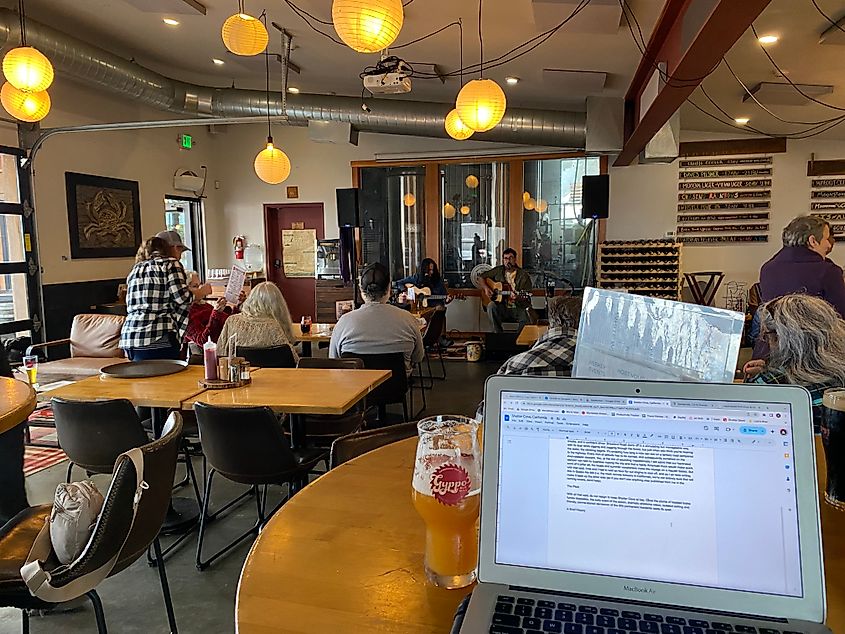
I think this one comes back to routine. I basically try to pretend like I have a normal job, and then be grateful that there's no commute. Since I'm task-based, I aim to get my stuff done earlier in the day. If you sleep in, watch Netflix, go lie around on the beach for a while, and then tell yourself that you'll cram after dinner or make it up on the weekend, then you might notice that your productivity plummets.
Being in the same space as others can also be a challenge. No matter how many times you explain to your friends/family or random fellow travelers what it is you do for a living, they'll repeatedly treat you like you're on vacation. So the best way to avoid forced conversations with the guy pre-drinking in the hostel common area, or the guilt of turning down evening plans because you have another time-zone-adjusted meeting, is to bust out the headphones (use ambient beats over a lyrical album) and seek isolation.
On the note of where to get your work done, one of the great lies about being a digital nomad is that your daily office will take the form of a beachside tiki bar, a jungle hammock, or really anywhere outside (to be honest). In reality, the wifi probably sucks, the heat melts both your brain and computer, and the bugs, breeze, bad posture, sweat, and UV will murder your concentration. Yes, I have found myself typing away in some inspiring settings, but for the most part, you'll want to set up at your hotel desk, a chain coffee shop (those hipster ones tend to be pretty tight, expensive, and not as thrilled about customers nursing a single coffee and a scone for four hours), a library, or a designated co-working space (pricey for single session, but worth it if you get a membership). I've also had a lot of luck with breweries. They're specious, have good wifi, and are good for when you've passed your caffeine cut-off. A pint while working also augments the sense of freedom that I think most digital nomads feed on (just saying).
What's the best country or city for digital nomads?
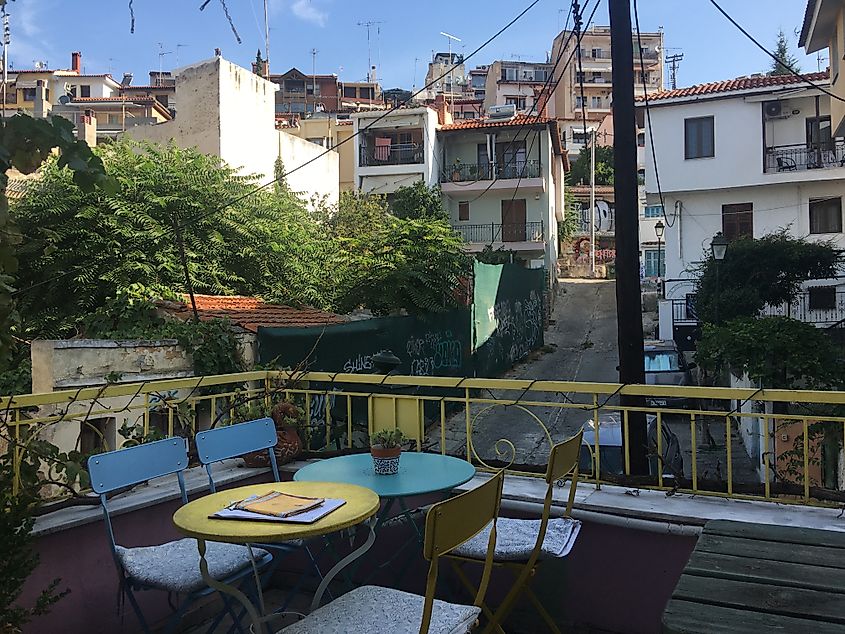
The way I travel, anywhere with good internet, climate-controlled workspaces, a manageable cost of living, and either a peaceful or invigorating atmosphere is conducive to remote work. Some countries that come to mind are Greece (especially Thessaloniki), Romania (Brașov), Thailand (Bangkok), Vietnam (Da Nang), Croatia (Split), Spain (San Sebastian), South Korea (Seoul), Guatemala (Antigua), Ecuador (Baños), and Mexico (La Paz).
In terms of working conditions, I had a lot of success (overall, despite some unexpected tribulations) cruising around Canada and the U.S. in a camper van. But again, the cost of living over there really cuts into a typical digital nomad's margins.
On the other end of the spectrum, you might have to forego farmstays and other remote getaways in favor of cities or established tourist towns. Those seductive "raw travel" destinations will have to wait for a designated vacation, which can feel like an oxymoron when you're already backpacking the world, but believe me, you'll want/need a proper break here and there.
Parting Thoughts
I hope that my experiences help fuel your journey into long-term travel. Everyone's role, budget, and itinerary will look a bit different, but in most cases, these dos and do-not-dos will tend to overlap. Maybe you can pool all your 2026 vacation days together into one glorious adventure. Maybe you can work out a temporary leave with your trusted employer. Or maybe your skillset lends itself to laptop living. Either way, there's no time like the present to get out there and see the world.
Buen Camino!
